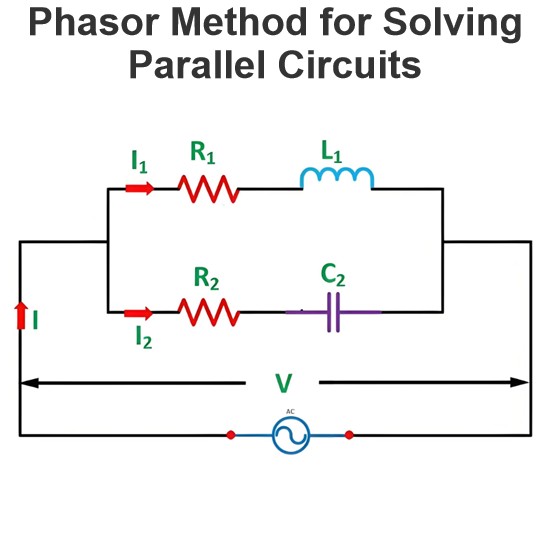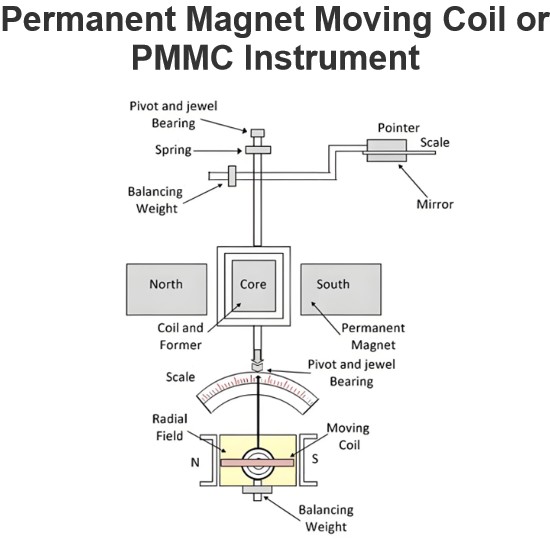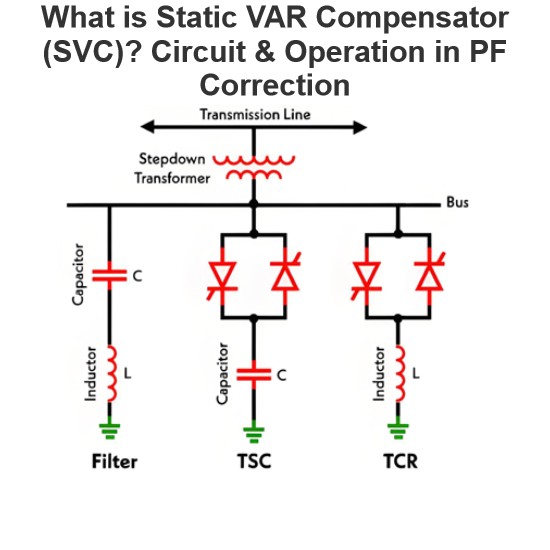Description:
363 kV Dead tank SF6 circuit breaker are composed of components such as inlet/outlet bushings, current transformers, arc extinguishers, frames, and operating mechanisms. They can cut off rated current, fault current, or switch lines to control and protect power systems, widely used in power, metallurgy, mining, transportation, and utilities industries at home and abroad.
Main Features:
- High Voltage Rating Adaptability: Specifically designed for 363 kV extra-high voltage systems, it stably handles high voltages and large currents, ensuring reliable operation of EHV transmission lines.
- Efficient Arc Extinguishing Performance: Using SF6 gas as the arc-extinguishing medium, it features fast arc extinction and high insulation strength, quickly cutting off fault currents and minimizing system impacts.
- Dead Tank Sealed Structure: The dead tank design encloses live parts in a metal tank filled with SF6 gas, effectively isolating them from the external environment. It offers strong seismic resistance and adapts to harsh climates and complex geographical conditions.
- Long Lifespan & Low Maintenance: With long mechanical and electrical lifespans, the sealed structure reduces component aging and external erosion risks, minimizing maintenance frequency and operational costs.
- Multifunctional Integrated Design: Integrates components like inlet/outlet bushings and current transformers, enabling multiple functions such as current measurement, protection, and circuit switching to meet complex control needs of power systems.
- High Safety Assurance: Equipped with comprehensive anti-misoperation interlocking devices and multiple insulation protections, it effectively prevents operator errors and ensures the safety of personnel and equipment.
Technical specifications:








